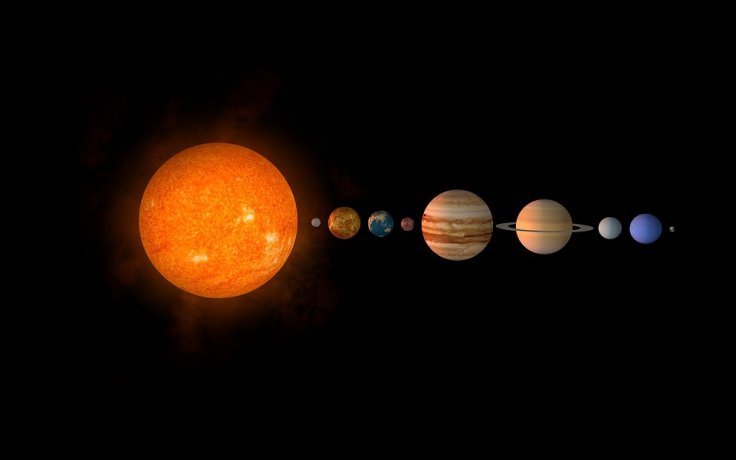An astrophysicist from the U.S. published a new study that explains how the entire Solar System can be moved using a stellar engine. According to the scientist, moving the Solar System could save Earth from getting hit by massive asteroids and violent supernova events.
The new study was published in the journal Acta Astronautica. It was carried out by astrophysicist Matthew Caplan from the Illinois State University.

How A Stellar Engine Works
In the study, Caplan referred to his hypothetical stellar engine as the Caplan Thruster. According to the astrophysicist, it works by drawing hydrogen and helium from the Sun for energy. These fuel sources will then be used to power the thruster's two jets of power. The first jet, which is powered by helium, will propel the stellar engine. The second engine will then use hydrogen to push against the Sun.
Caplan noted that his stellar engine works based on the principle about the Sun's gravitational force and how it controls the positioning and orbit of the planets within the Solar System. Theoretically, the astrophysicist said that if the Sun moves, the other planets will follow. According to Caplan, his proposed stellar engine is capable of moving the entire planet by 50 light-years within 1 million years, which is enough to dodge to effects of a star's massive explosion.

Saving Earth From Cosmic Disasters
For Caplan, a real and working stellar engine can be used to move the Solar System away from the path of certain cosmic dangers. For instance, through the Caplan Thruster, Earth and its neighboring planets and Moons can dodge an approaching asteroid field from another system. In addition, it can also be used to avoid the devastating effects of supernova events and black hole collisions. Aside from these, Caplan noted that the stellar engine can be used to make space colonization easier.
Stellar engines, megastructures used to control the motion of a star system, may be constructible by technologically advanced civilizations and used to avoid dangerous astrophysical events or transport a star system into proximity with another for colonization," Caplan wrote in his study.









